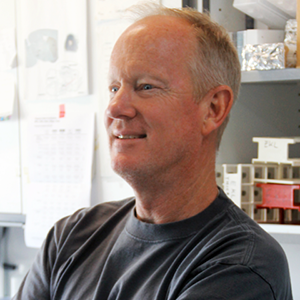Helper-dependent adenovirus vectors (HDVs) are safe and efficient tools for gene transfer with high cloning capacity. However, the multiple amplification steps needed to produce HDVs hamper a robust production process and in turn the availability of high-quality vectors. To understand the factors behind the low productivity, we analyzed the progression of HDV life cycle. Canine adenovirus (Ad) type 2 vectors, holding attractive features to overcome immunogenic concerns and treat neurobiological disorders, were the focus of this work. When compared with E1-deleted (DeltaE1) vectors, we found a faster helper genome replication during HDV production. This was consistent with an upregulation of the Ad polymerase and pre-terminal protein and led to higher and earlier expression of structural proteins. Although genome packaging occurred similarly to DeltaE1 vectors, more immature capsids were obtained during HDV production, which led to a ~4-fold increase in physical-to-infectious particles ratio. The higher viral protein content in HDV-producing cells was also consistent with an increased activation of autophagy and cell death, in which earlier cell death compromised volumetric productivity. The increased empty capsids and earlier cell death found in HDV production may partially contribute to the lower vector infectivity. However, an HDV-specific factor responsible for a defective maturation process should be also involved to fully explain the low infectious titers. This study showed how a deregulated Ad cycle progression affected cell line homeostasis and HDV propagation, highlighting the impact of vector genome design on virus-cell interaction.
Impact of adenovirus life cycle progression on the generation of canine helper-dependent vectors
Fernandes, P.; Simao, D.; Guerreiro, M. R.; Kremer, E. J.; Coroadinha, A. S.; Alves, P. M.
2015
Gene Ther
2015-01 / vol 22 / pages 40-9
Abstract
10.1038/gt.2014.92 gt201492 [pii]
1476-5462 (Electronic) 0969-7128 (Linking)
IGMM team(s) involved in this publication

